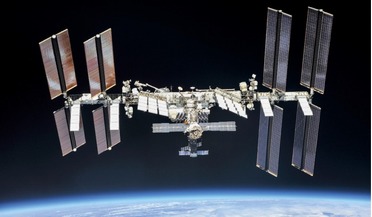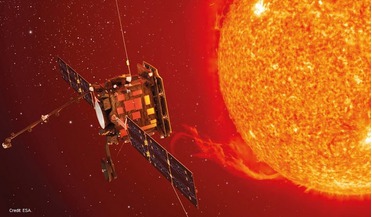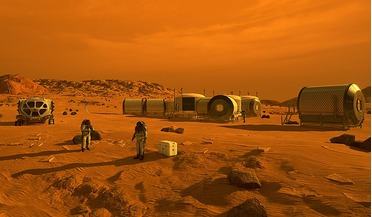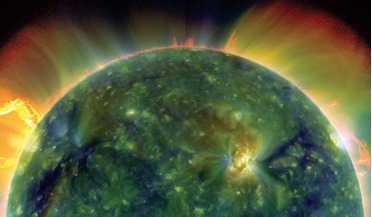 January 2019
Materials make the space mission
January 2019
Materials make the space mission
...as paints, varnishes and coating are considerably sensitive to radiation, with detrimental effects including peel-off, colour change ... above the ground being broken apart by powerful ultraviolet radiation from the Sun. The main effect is the erosion...
 October 2020
Learning from alternative universes
October 2020
Learning from alternative universes
... that permeates space from all directions. In the beginning, the expansion of the universe was driven primarily by radiation and then matter - either scenario resulting in the uninverse expanding at a constant speed. However, the universe is thought...
 June 2015
Ultimate sunbather: NASA and ESA collaborate on Solar Orbiter
June 2015
Ultimate sunbather: NASA and ESA collaborate on Solar Orbiter
... Solar Orbiter and will allow the spacecraft to experience temperatures as high as 600°C and very high doses of UV radiation without any degradation in performance. Solar Orbiter will have plenty to study on the dynamic Sun. SolarBlack is a natural...
 20 September 2021
Best time for a human Mars mission? During a solar maximum, new study says
20 September 2021
Best time for a human Mars mission? During a solar maximum, new study says
... rays. But can adapting to space weather as opposed to going against it really help astronauts? To predict just what radiation levels astronauts could be exposed to inside a spacecraft, Dobynde and colleagues analysed how 28 fully ionised cosmic ray...
 July 2014
In thrall to a star: understanding the Sun will help us understand our own climate and environment
July 2014
In thrall to a star: understanding the Sun will help us understand our own climate and environment
...on our doorstep generating vast amounts of energy and radiation, constantly buffeting our thin layers of protection. The... forms – high-energy protons and electrons, UV and X-ray radiation, embedded magnetic fields – all of which have a profound impact...
 December 2014
MAVEN and the evolution of Mars
December 2014
MAVEN and the evolution of Mars
... atmosphere, similar in pressure on the surface to that at Earth’s stratospheric altitudes. It was also found that Mars has no radiation belts. Rather, its interaction with its space environment is more like those of comets and Venus, where...